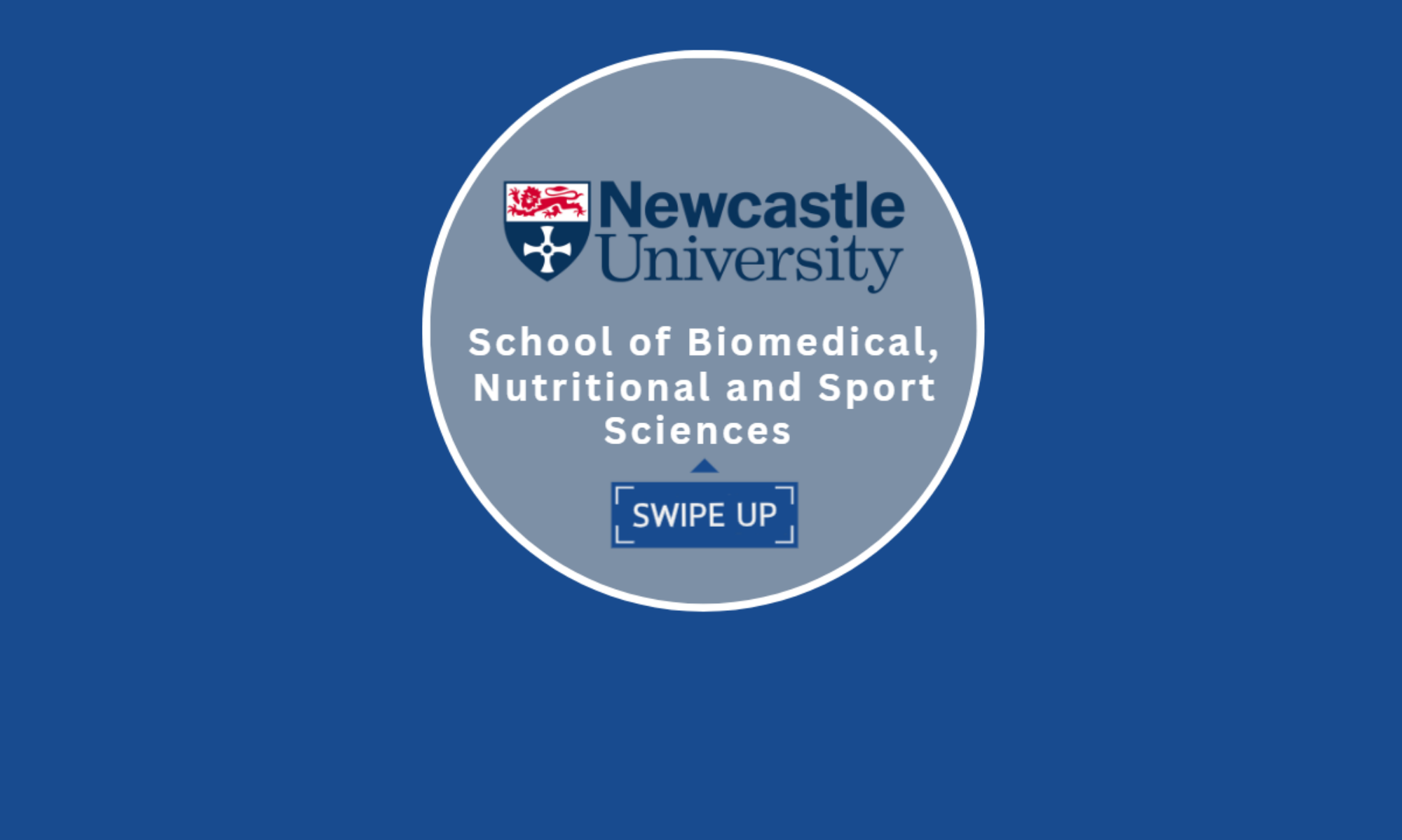By Katie Green
Scientists in Newcastle are harnessing bacteria’s own defence mechanisms to create new antibiotic drugs. I spent my year in industry in the laboratory, working alongside these scientists searching for the mechanisms that could potentially be used to treat bacterial and fungal infections in humans.

The government’s Chief Medical Officer, Professor Dame Sally Davies recently described antibiotic resistance as a “ticking time bomb”. The race is on to find new antibiotics, before treatable infections evolve and the death toll of infectious diseases begins to rise to that of the pre-antibiotic era.
Fighting bacteria with bacteria
In soil, bacteria are in a constant battle for survival, releasing toxic natural products onto their competitors to protect themselves from attack and to gain monopoly over the resources in the immediate area. It’s these natural chemical toxins that we seek out and try to exploit as antibiotic treatments. 75% of all naturally produced antibiotics were discovered through the soil bacteria, Actinomycetes.
You might think that working with bacteria would be stinky business, however the bacteria I was working on smelled like the soil after a rain storm. It’s actually the community of bacteria living in soil that give it the scent! That said, there were a few cultures you wouldn’t want to be close to – a couple smelled like awful off-milk.
The company hosting my project – Demuris
Demuris is a company in Newcastle which screens these actinomycete bacteria for undiscovered antimicrobial compounds. They have a collection of over 10,000 strains collected over 40 years by Mike Goodfellow and his colleagues from environments all over the world, from volcanoes to glaciers.
Each is tested for natural products capable of killing antibiotic resistant Bacillus and E. coli strains to find which products might be clinically useful. The project was very hands-on and challenging. Over time the team I worked with helped me become more confident in the lab, meaning I took initiative and made decisions about processes and experiments.

The process of discovery
In my time working with Demuris I was given my own bacterial strains to grow and test. From there I could see which strains produced antimicrobial compounds, and carry these forward to produce on a larger scale. I would then extract and purify the compounds, before analysing them to determine properties such as chemical mass and structure.
In their testing, Demuris determine chemical properties as well as any potential human toxicity of the compounds, and which bacterial component is targeted; for example the cell wall, division machinery or disrupting DNA. The publication of the mechanisms of these compounds will not only help to identify new drugs, but help add to the scientific community’s understanding of natural antibiotics as a whole, moving us closer to a solution to the antibiotics crisis.

Fantastic what you are doing Katie, carry on the good work .